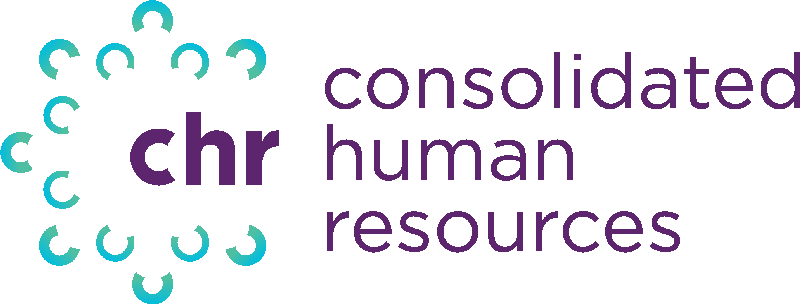Annual OSHA Form 300A Posting Begins February 1, Expanded Electronic Reporting Due March 2
Form 300A Workplace Posting Begins February 1
Covered employers who had 11 or more employees at any point in 2023 are required to post Occupational Safety and Health Administration (OSHA) Form 300A, Summary of Work-Related Injury and Illnesses, from February 1 through April 30 unless they qualify as an exempt low-risk industry.
Employers are required to post Form 300A even if they didn’t have any recordable incidents in 2023. OSHA Form 300A must be certified by a company executive and posted in a conspicuous location where notices to employees are customarily posted.
Employee count is based on the number of employees in the entire company, not per establishment. A full list of exempt low-risk industries, ordered by North American Industry Classification System (NAICS) codes, can be found here.
Form 300A Electronic Submission Required by March 2
Covered establishments that had 250 or more employees in the prior calendar year, or 20–249 employees if they’re in certain high-risk industries, must submit their 2023 Form 300A data electronically, using OSHA’s online Injury Tracking Application (ITA). The deadline to submit the report is March 2, 2024. These requirements are based on the size of the establishment (how many employees there are at the physical location), not how many employees are in the entire company.
Employers who are covered by a State Plan that has not yet adopted its own state rule must also use the ITA to send data electronically.
Employers who meet any of the following criteria DO NOT have to send Form 300A information to OSHA:
- Employers that are exempt from OSHA’s routine recordkeeping requirements, as mentioned above.
- Employers that never had 20 or more employees during the previous calendar year, regardless of industry.
- Employers that had between 20 and 249 employees at some point during the previous calendar year but are NOT on this list of high-risk industries.
Additional information, FAQs, and the Injury Tracking Application can be found on OSHA’s ITA page.
New Requirements: Form 300 and Form 301 Electronic Submission Required by March 2
Covered establishments in designated high-hazard industries that had 100 or more employees in the prior calendar year will need to electronically submit information from their Form 300, Log of Work-Related Injuries and Illnesses, and Form 301, Injury and Illness Incident Report, through OSHA’s Injury Tracking Application (ITA). This is in addition to submitting information from their Form 300A, Summary of Work-Related Injuries and Illnesses.
Establishments covered by federal OSHA can use the ITA Coverage Application to determine if they’re required to electronically submit their injury and illness information to OSHA. Establishments covered by an OSHA-approved State Plan should contact their State Plan directly to determine reporting requirements.







